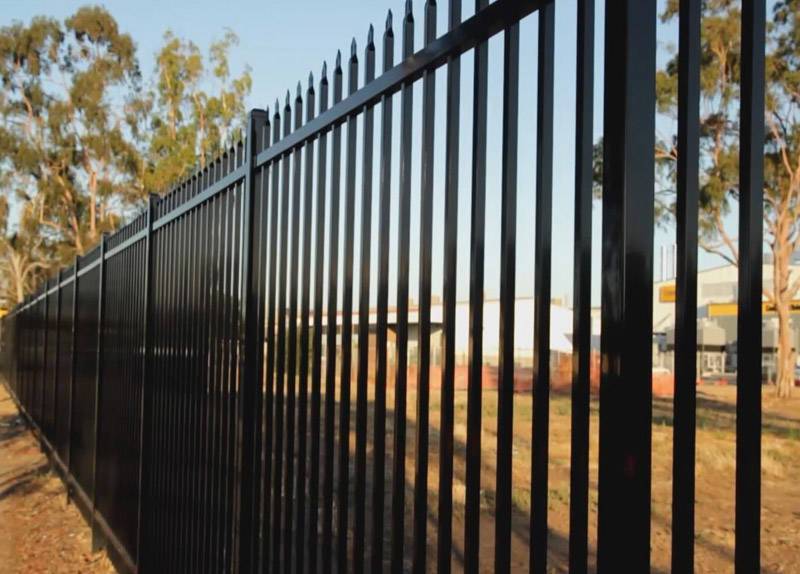Why is it called a picket fence?
Why is it called a picket fence?
The term "picket fence" might seem straightforward at first glance, but its origins delve into a rich history of craftsmanship, symbolism, and societal evolution.
Craftsmanship and Design
Initially, picket fences emerged in colonial America during the late 17th century. Crafted from wood, these fences were made of vertical boards or stakes (known as pickets) attached to horizontal rails. This design was not merely functional but also aesthetically pleasing, adding a touch of charm to properties while demarcating boundaries. The term "picket" itself refers to the pointed stakes, often sharpened at the top, resembling the shape of a pointed lance or "pique."
Symbolism and Social Significance
Beyond their practical utility, picket fences symbolized a sense of security, prosperity, and community. Their low height allowed for interaction with neighbors while still providing a sense of enclosure. In the context of American history, picket fences gained further significance during the 19th century, particularly during the Civil War era. Picket fences came to represent the idealized image of suburban life, embodying the American Dream of homeownership and domestic tranquility.
Evolution and Cultural Impact
Over time, the symbolism of picket fences evolved alongside societal changes. As suburbanization took hold in the mid-20th century, picket fences became synonymous with suburban living, family values, and the pursuit of stability. They adorned the front yards of countless suburban homes, serving as visual markers of domesticity and community pride.
Moreover, picket fences have left an indelible mark on popular culture, appearing in literature, film, and art as quintessential symbols of Americana. From Norman Rockwell paintings depicting idyllic scenes of small-town life to iconic film settings portraying suburban neighborhoods, picket fences have become enduring emblems of nostalgia and innocence.
Conclusion
In conclusion, the term "picket fence" encapsulates not only a style of fencing but also a cultural icon deeply rooted in American history and values. Its evolution from a simple boundary marker to a symbol of security, prosperity, and community reflects the dynamic interplay between craftsmanship, symbolism, and societal norms. Thus, the next time you encounter a picket fence, remember its rich heritage and the layers of meaning it represents.


